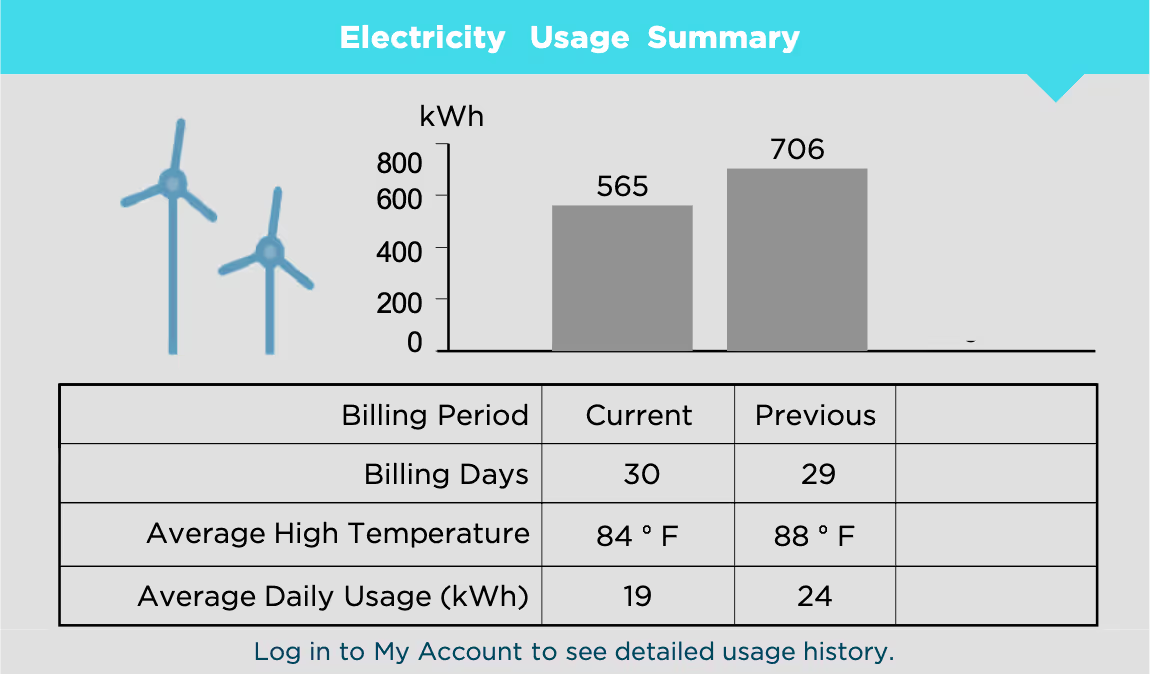Maximizing solar savings: understanding solar buyback, net metering, and buyback rates
-min.avif)
Solar energy allows homeowners to generate clean, renewable power, but what happens when your solar panels produce more energy than your home needs? Programs like solar buyback and net metering let you earn credits or compensation for sending that extra energy back to the grid.
Read on to understand the basics of solar buyback, how it compares to net metering, and what to consider when choosing a program. Whether you’re new to solar or want to maximize your system, knowing your options empowers you to make the smartest financial decisions.
What is solar buyback?
Solar buyback is the system of crediting homeowners for the excess energy that their solar panels generate. Essentially, this process lets you sell your extra energy back to the power grid.
If you have solar panels and the sun is shining, your house will use that solar energy. Any extra energy will then go back to the grid. Because of this, most retail electricity providers (REPs) offer buyback rates, which give you credit for that over-production.
By selling your extra energy, you can recoup the initial costs of their solar equipment. Solar buyback programs might not give you as high a financial return as net metering. However, they are still important for linking residential solar energy to the larger electricity market.
Overall, solar buyback programs help promote renewable energy adoption, enhance the efficiency of the energy grid, and encourage homeowners to invest in solar energy systems.
Solar buyback vs. net metering
Solar buyback and net metering are programs that help pay homeowners for the extra electricity that their solar energy systems produce. While both offer financial incentives, they differ significantly in their structure and benefits.
Solar buyback program overview
Solar buyback programs let utility companies buy the extra electricity that the solar panels of private households generate. These companies pay homeowners a set rate, usually lower than the retail price of electricity.
This system uses two rates: one for selling electricity to the grid and another for buying it back. These programs are common when net metering is not available. They are also used when energy providers set prices based on the market, which happens in deregulated markets.
Deregulated markets are places where wholesale energy prices change based on supply and demand (and homeowners can choose their electricity provider). In regulated markets, regulatory bodies control the price of power.
Solar buyback pros
- More flexible models: Solar buyback programs can better reflect market conditions and align with evolving energy policies.
- Available in more areas: Solar buyback is often used where net metering isn’t an option.
- Direct compensation: Homeowners are sometimes paid in cash for surplus energy, though at lower rates.
Solar buyback cons
- Lower rates: Compensation is usually based on wholesale or market rates, which are lower than the retail price.
- Complex billing: Having separate buy and sell rates can make billing less straightforward.
- Less financial benefit: Lower compensation may result in longer payback periods for solar installations.
Risks with solar buyback
- Rate variability: The buyback rates that retail electricity providers (REPs) offer can change over time. Some REPs offer 1-to-1 buyback rates, where excess energy is credited at the same rate as energy consumption. However, these rates are often not fixed for the lifespan of your solar panels.
- Extended payback periods: Many traditional REPs will change rates, sometimes without alerting the homeowner. Your energy provider plan usually lasts only 1 to 3 years. This can make your payback period longer than the initial buyback rate promised, lengthening the time it takes you to recover the initial costs of your solar equipment. For example, a payback period of 10 years may get longer if rates go up or if the utility changes its buyback terms.
- High costs when solar isn't producing: When solar panels aren't working, like at night, energy rates can rise. This can cause unexpected costs and delay the payback period.
Net metering program overview
Like solar buyback, net metering also allows homeowners to earn credits for the extra solar energy they send to the grid. The main difference between solar buyback and net metering is how compensation works.
Whereas solar buyback programs often have different rates for buying and selling electricity, net metering gives full retail-rate credits. This means that homeowners receive credits at the same rate they pay for electricity, which helps compensate for the electricity they use from the grid.
This happens when their solar panels don't make enough power, like at night or on cloudy days. Therefore, net metering often lowers utility bills and, sometimes, homeowners only need to pay a fixed connection fee.
Net metering pros
- Higher compensation: Homeowners are paid for extra solar energy at the same rate they pay for electricity, making it financially appealing.
- Simple billing: Credits directly reduce electricity costs, streamlining billing and lowering utility expenses.
- Encourages solar adoption: Retail-rate compensation strongly motivates homeowners to install solar panels.
Net metering cons
- Utility pushback: Utilities may argue it doesn't reflect the actual costs of maintaining the grid, potentially leading to restrictions.
- Limited availability: Not all regions offer net metering, and some are phasing it out.
- No cash payouts: Credits usually don’t convert into direct cash payments, preventing homeowners from cashing out surplus energy.
How solar and backup power work together
Solar energy systems and backup batteries work together to provide homeowners with a reliable and sustainable energy solution. Batteries can also improve solar buyback rates and offer outage protection.
During the day, solar panels make electricity for the home. Any extra energy goes to the grid or gets stored in a battery. This setup ensures that solar energy is used efficiently throughout the day.
Backup batteries play a vital role in improving the reliability of solar systems. Because they store extra energy from the panels, batteries make this energy available when solar production is low. This happens at night, on cloudy days, or during power outages.
Advanced battery systems integrate seamlessly with solar panels to ensure a smooth and uninterrupted energy supply.
Why solar panels and batteries don’t always make utility bills zero
A common misconception about solar panels and battery storage systems is that they will eliminate utility bills entirely.
While these technologies significantly reduce energy costs and increase energy independence, achieving a "zero utility bill" is not guaranteed for most homeowners. Here are a few reasons why:
Solar panel system limitations
Solar panels generate electricity based on factors like sunlight availability, roof size, and system efficiency. If your household consumes more energy than the system produces, you'll still rely on grid power, incurring utility charges.
Solar production is also highest on sunny days and during longer summer daylight hours. However, during cloudy days, winter months, or prolonged rainy periods, energy production may not meet household demand.
Grid connectivity, changing rates and fees
Even with solar and batteries, most households remain connected to the grid as opposed to being "off grid."
Utility companies often charge fixed connection or maintenance fees, which cannot be avoided.
As discussed above, in many areas, utilities will pay homeowners for sending extra solar energy to the grid; however, these rates are often lower than the cost of buying electricity from the grid.
Utilities also change their rates about every three years. This is a much shorter time than your solar payback period. As a result, the financial savings may not fully offset utility costs.
High energy usage habits
Some households use a lot of energy. This includes homes with electric vehicles, large appliances, or heating and cooling systems.
These households may use more energy than their solar system can produce and store. This means they may need extra power from the grid. If most energy use happens at night or on cloudy days, the need for grid electricity goes up, even with batteries.
System maintenance and depreciation
Solar panels and batteries gradually lose efficiency over the years, which can reduce their ability to offset utility costs. When you own these systems, you will have maintenance costs.
These costs do not show up in your utility bills. However, they can affect your overall savings.
The lifespan of solar equipment & solar payback periods
Solar buyback rates can help reduce the high upfront costs of installing solar panels and buying the expensive equipment. Some retail energy providers (REPs) offer a 1 to 1 rate. This means they buy back extra solar energy for the same price they charge for it. However, not all utilities offer solar buyback rates and credits.
It’s also worth considering that these rates aren't guaranteed to be fixed for the lifespan of your solar panels; they are liable to change over time. Because traditional Retail Energy Providers (REPs) make money off homeowners, they are motivated to raise prices.
As a result, REPs frequently change their buyback rates. Sometimes these rates are much higher than average, which means when solar isn't producing – like at night – the rate cost is much higher.
When your rates change, your payback period can lengthen. Unfortunately, it can take years for some homeowners to earn back the high cost of your solar and battery equipment, sometimes outlasting the equipment's lifespan.
4 reasons why solar households choose Base
- Power during outages: Your home stays powered even when the grid goes down.
- Extended outage protection: Your solar panels can continue recharging your battery during an outage, providing longer backup time.
- Competitive solar buyback: Base gives you credit for all your extra solar energy. It doesn't matter if it charges the battery or goes back to the grid. You earn 3¢/kWh plus real-time wholesale rates.
- Consistent rates: Base is different from other Retail Energy Providers because of our batteries. Our grid-balancing technology passes energy from our batteries back to the power grid when the grid is up and running, which allows us to keep costs low for homeowners. Unlike other providers, we are not financially incentivized to raise rates on homeowners and guarantee consistent, competitive buyback for our solar members.
If you don’t have solar yet but plan to install it later, you can start with a Base battery now. When you’re ready, we’ll integrate your solar panels by putting current transformers (CTs) on your battery.
Please coordinate with our support team to schedule this at support@basepowercompany.com.
How Base’s buyback program works
Base credits you for all of your solar overproduction each month. You can see your solar data on your monthly bill in the “Solar Credits” section.
On your bill, our buyback rate shows the real-time wholesale (RTW) price for solar. This is labeled as “Solar Credit - Wholesale Avg.” We also add an extra 3 cents per kWh, which is called “Solar Credit - Base Bonus.”
Your Solar Credit amount is the rate multiplied by your kWh of unused solar. Below the credits, we show your home’s solar usage (“Solar usage by home”). This lets you see your usage next to your overproduction.
If your bill is negative, Base rolls over your credits to the following month.
To learn more about how Base works with solar, read our blog How Base works with solar: Base buyback and solar integration.
Conclusion
Solar buyback and net metering can help you make the most of your solar energy system. By understanding how these programs work, you can choose the option that best fits your energy needs, budget, and long-term goals.
As you navigate your options, remember to evaluate the specifics of your energy provider’s programs and consider how factors like rates, credits, and system compatibility impact your overall savings.
With the right approach, you can maximize the value of your solar investment, avoid surprises, and stay prepared during outages.
More posts
Explore the latest insights, innovations, and strategies in residential energy technology.



